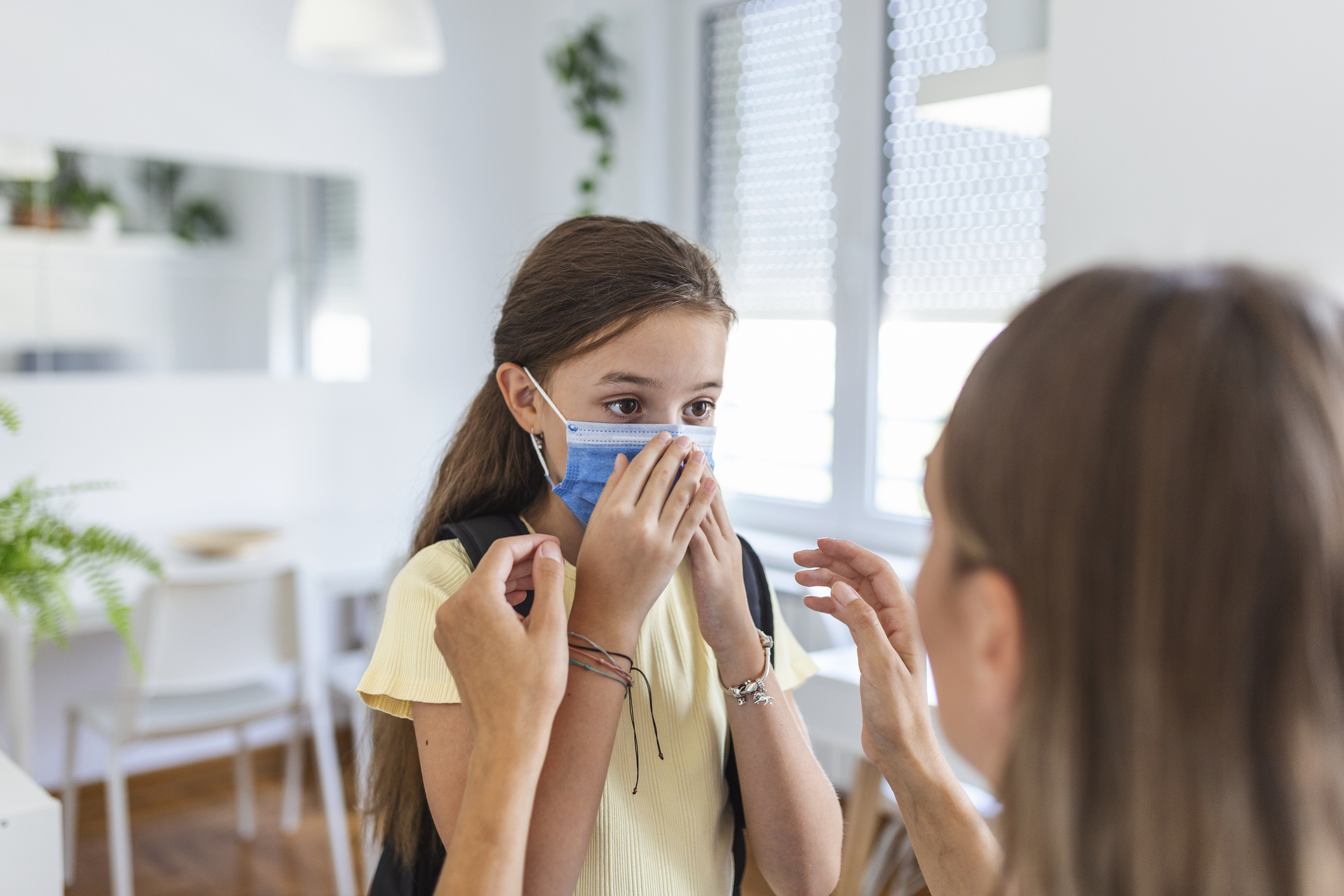Have you ever had an almost irrepressible desire to wrap your children in bubble wrap and put them safely in the corner where they can’t get hurt or be disappointed? We all do. It stinks to watch your kid fall and break his arm, or suffer disappointment. But the bumps and bruises—both physical and emotional—of childhood are formative.
If your kid has to suffer a couple of scraped knees to experience the thrilling victory of learning to ride without training wheels—that’s a good trade. So how do we quiet the voices in our heads and let our kids take a few age-appropriate risks in order to grow? How do we know which are the healthy risks and which are just risks? Learn these 4 reasons to take the bubble wrap off your child so he or she can experience the thrill of success and learn to cope and regroup when things don’t work out.
1. Healthy risks challenge your child to push harder.
You may know, based on your adult knowledge and experience, that your daughter has a slim chance of making the cheerleading squad. But the process of trying out isn’t just about the final product—it’s about what’s learned in the process. Her desire to join the squad may push her to exercise and practice more than ever before. It may give her the incentive to gain new tumbling skills. And yes, she’ll be disappointed if her name isn’t called on try-out day. There will probably be tears. But she’ll bounce back and be proud of her efforts and new skills gained. And maybe, just maybe, she’ll be rewarded with a place on the team. You never know until you try!
2. Healthy risks come with relatively low stakes.
Childhood disappointments are real, but children are resilient. If your child auditions for the lead in the school play and doesn’t get it, there will probably be another opportunity to participate in an activity within days or weeks. Children grieve losses and disappointments more openly, but not for long. The nature of childhood is to have a shorter attention span about everything—including your own feelings—and to rebound more quickly and fully than adults. When a kid goes for it and fails, not that much is really lost; they learn to cope with the momentary sadness and move on.
3. Healthy risks can be managed by parents to an extent.
This is easier for the physical risks than the emotional ones, but you can limit the level of risk your child is exposed to in some practical ways. When your 5-year-old is learning to ride a bike, you know that there are going to be a few crashes involved, so a helmet is a must. You can even throw in the knee pads if you want. If your child loves swimming and diving, you can ensure she has a proper coach to keep her safe. But fight the urge to sideline your child from all activities that carry a small element of risk. Life isn’t just about surviving—it’s about living while you’re here!
4. Healthy risks increase your child’s self-confidence.
Win or lose, tackling a challenge and giving it your best shot makes a person more confident. Even if your kid doesn’t make the team this time, or if the girl of his dreams says “no” to the prom invitation, just going through the process of trying will make it easier for your child to give it another shot later on. It gets them past the fear of the unknown to “what’s the worst that could happen?” And when they realize that even the worst possible outcome isn’t the end of the world, they’re ready to go again.
What risks should you allow your kids to start taking?
Dana Hall McCain writes about marriage, parenting, faith and wellness. She is a mom of two, and has been married to a wonderful guy for over 18 years.








